The tailwind team helped design the pages:
The Tailwind team also generously designed the new project landing page, CRUD pages, and authentication system pages for new projects, giving you a first-class and polished starting point for building out your apps.
(from Phoenix 1.7-rc released - Phoenix Blog)
So I don’t think that the remarks about the license are really valid.
Having said that, if you don’t want to use tailwind these are the steps you need to take to remove it fully from a new phoenix 1.7 project:
- In
mix.exs: remove tailwind and aliases - remove tailwind config from
config/config.exs - remove tailwind watcher from
config/dev.exs - remove
assets/tailwind.config.js - remove the tailwind imports from:
assets/css/app.css - remove tailwind classes from:
components/layouts/*.html.heex,components/core_components.ex,controllers/page_html/home.html.heex
The last step is a bit of work, but you’d only need to do it 1 time and then copy it over if you create a new project. The other steps are less then 5 minutes of work.























